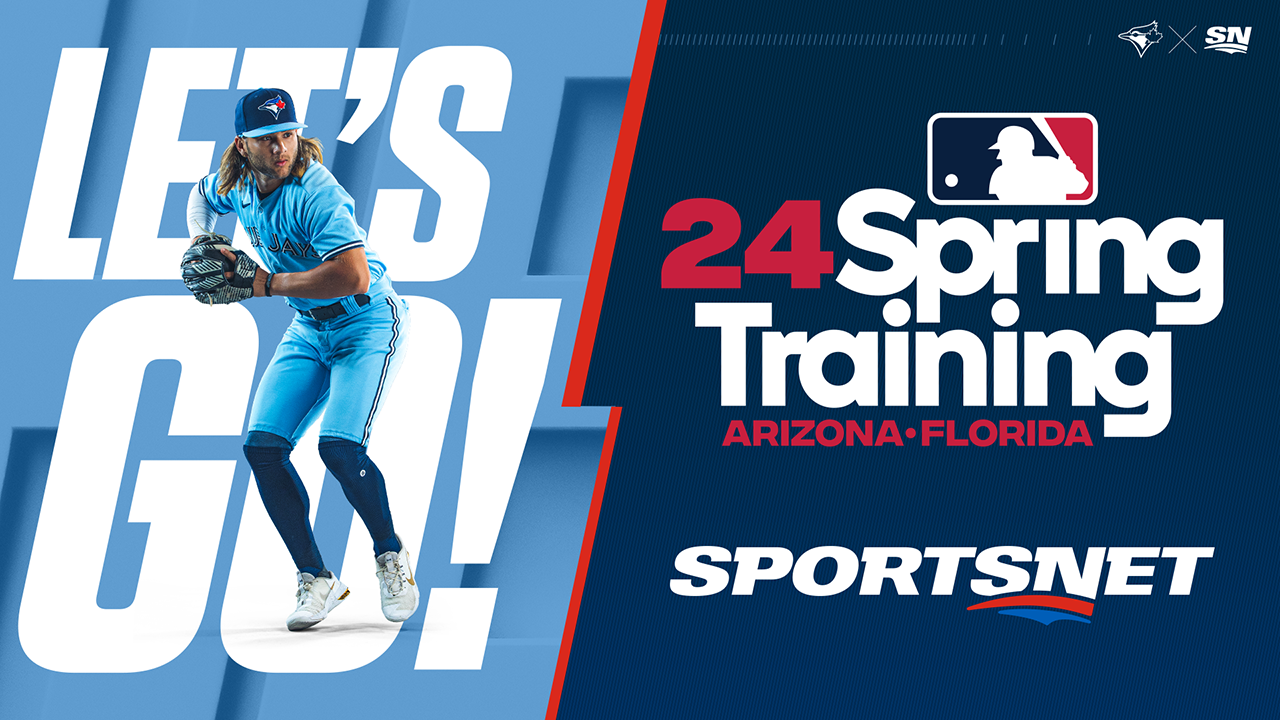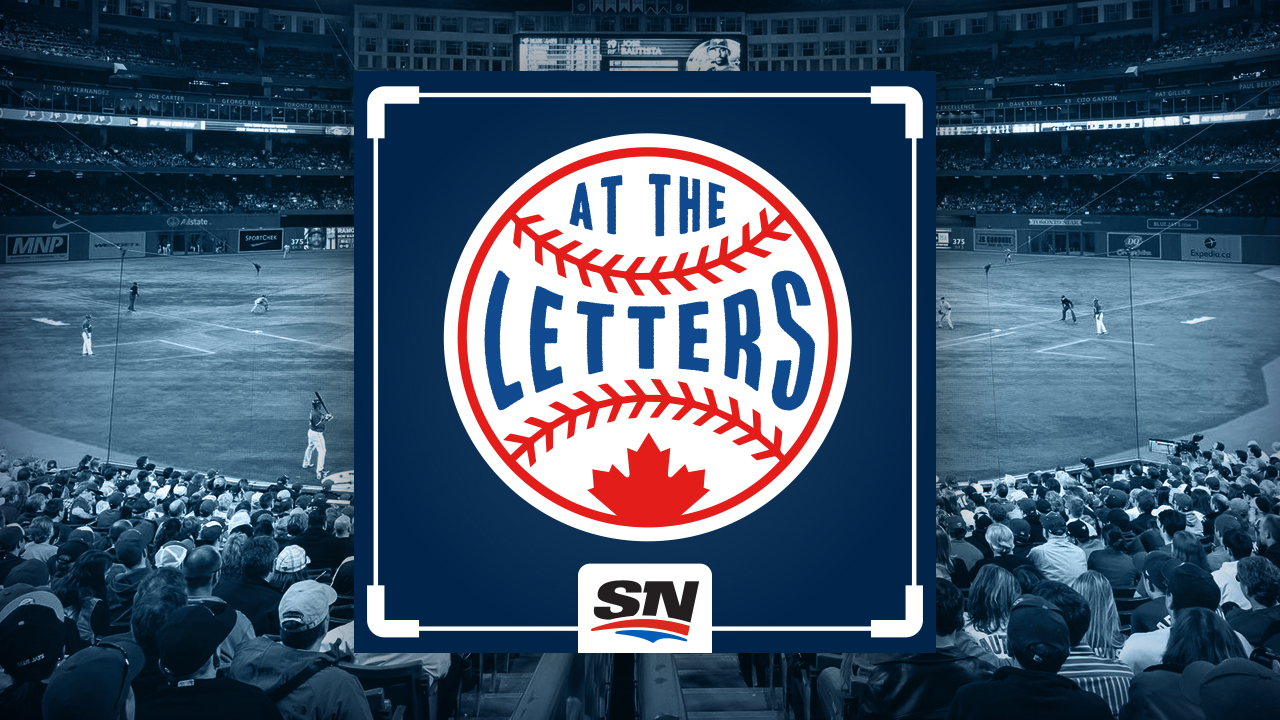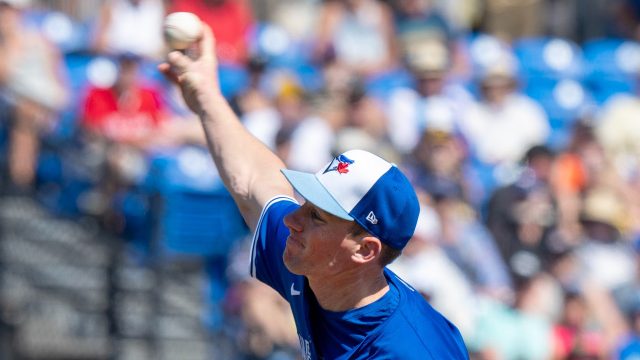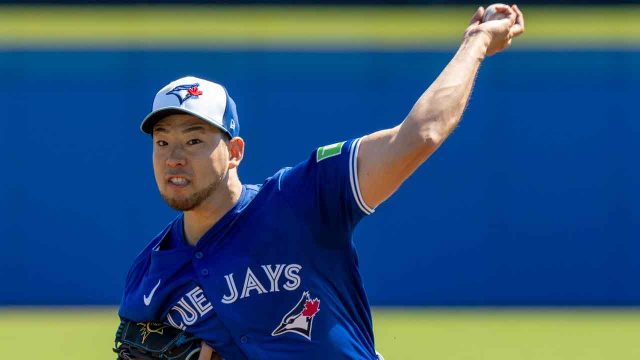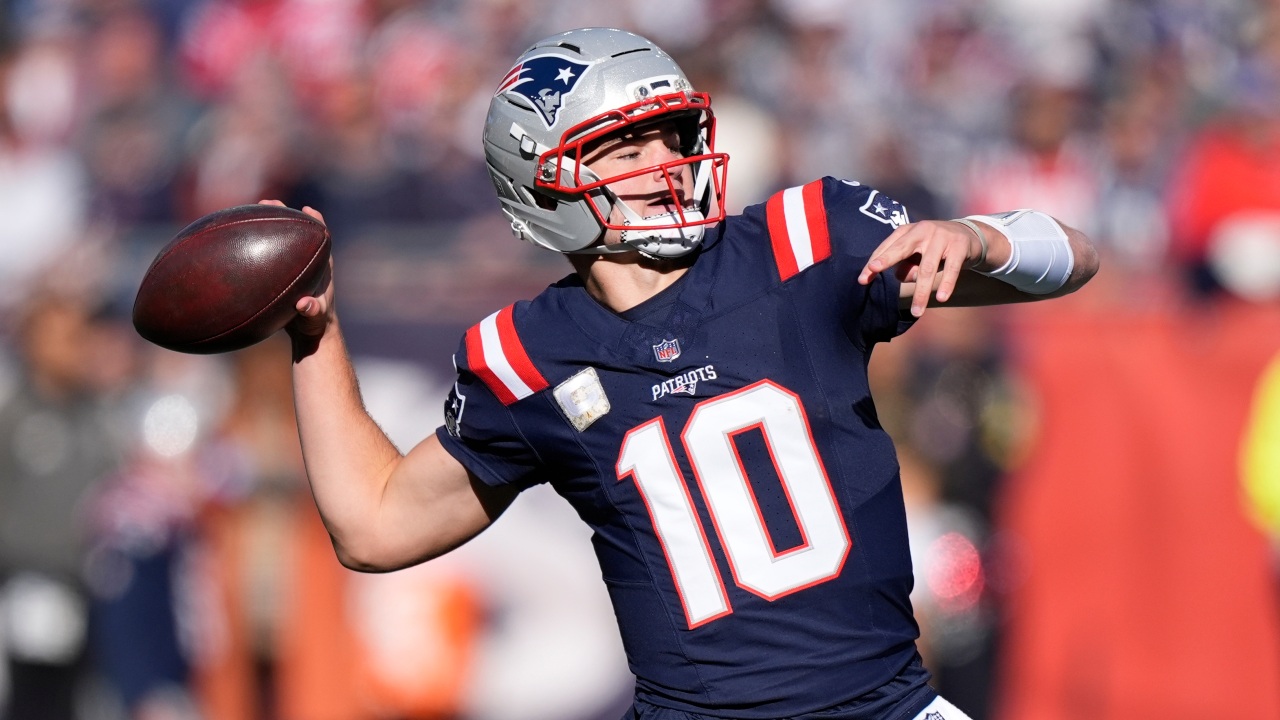
DUNEDIN, Fla. — There are a couple of reasons Brendon Little was floored to learn he’d been traded to the Toronto Blue Jays last November.
The first was a misunderstanding of MLB’s roster rules. Having accrued seven years of service in the Chicago Cubs system without being added to the club’s 40-man roster, Little — a 27-year-old left-handed reliever — was eligible for minor-league free agency this winter. So, when free agency opened five days following the conclusion of the World Series, he assumed he was no longer part of an MLB organization.
But Little’s uniform player contract didn’t officially expire until 5:00pm that day. And at 4:00pm, he received a call from a Cubs executive telling him he’d been traded. His response: “Wait, aren’t I a free agent?”
Nope. You’re a Blue Jay now. Which was the other shock to Little’s system, considering what happened in Toronto during his MLB debut.
It was late August, 2022, and with the Cubs set to place two pitchers on the restricted list ahead of a series at Rogers Centre — foreign nationals unvaccinated against COVID-19 weren’t permitted to cross the border at the time — Little was summoned north from triple-A as a replacement player.
What an opportunity. Little — Chicago’s 2017 first-round pick — had spent the better part of two seasons trying to find himself at triple-A, his prospect sheen gradually fading as he transitioned from starting to relieving, pursued a series of fruitless arsenal additions, and battled control inconsistency.
A surprise trip to Canada was his chance to show the Cubs he still had the potential to contribute. But any hopes of a storybook debut evaporated mere moments after Little took the mound in the second game of that series, inheriting Marcus Stroman’s one-run lead in the bottom of the sixth.
He started 1-1 to Bo Bichette before bouncing a breaking ball in the dirt that, as a lengthy video review confirmed, barely nicked the shortstop’s toe. Runner on first, none out.
His following pitch, a well-located sinker away from Matt Chapman, produced a swinging bunt and a mortifying moment, as Little slipped while trying to field it and ended up planted on the turf facing the third base line. Make it runners on first and second with none out.
Next pitch, Teoscar Hernandez did this:
“After each thing that happened, I was like, ‘That sucks, that sucks, that sucks,” Little says now, leaning on a railing at TD Ballpark wearing a Blue Jays uniform. “Safe to say that outing sped up on me.
“So, when they said the Jays traded for me, I was like, ‘What are they doing? Didn’t they see what happened to me?’”
Turns out, the Blue Jays see a lot in Little — enough to swing that 11th-hour deal and immediately add him to the club’s 40-man roster. It says something that the organization went that route rather than competing for him on the open market as a free agent 60 minutes later.
And Little offered a glimpse of what the Blue Jays like about him Saturday, pitching a clean inning in Toronto’s Grapefruit League opener. A mid-90’s sinker that touched 97 with considerable vertical (29 inches of drop) and horizontal (16 inches of run) movement. A spike curveball he throws so hard — anywhere from 87-89 mph — that Baseball Savant mistakenly identifies it as a slider. And a new pitch: a 92-93-mph cutter he began throwing late last season.
The Blue Jays are particularly encouraged by that third offering, which Little added to give him a second fastball he could locate for strikes and bore in on right-handed hitters hanging out over the plate (Hernandez’s opposite-field homer is a good example of that). It’s exactly what they would have told him to start developing if he’d been a member of their organization. When David Howell — Toronto’s assistant pitching coach — called Little a few hours after the trade, one of his biggest encouragements was to continue working on it throughout the winter.
“It seemed like they were really on board with what I was doing and how I finished the season — I was pretty excited about that,” Little says. “It really feels like the Blue Jays believe in me and what I’m doing.”
Good news: Little had already arranged for an off-season pitch design session at Driveline — where Howell worked before joining the Blue Jays — to continue tweaking and improving his cutter. Using Rapsodo data and Edgertronic footage, Little refined his grip and release of the pitch to increase its velocity and improve its movement. What originally came out of his hand like the bad bullet slider he’d experimented with years ago slowly morphed into a truer, back-spinning cutter.
That design process continued with Howell at Toronto’s player development complex in Florida, where Little arrived in mid-January. The Blue Jays had Little throw in their pitching lab and presented him with a thorough writeup of his pitch characteristics and movement patterns on the mound. Using the biomechanical data they gathered, the team went to work improving Little’s back-leg load while helping him move quicker and more linearly towards the plate. By the time spring training began in mid-February, Little had already thrown multiple live batting practices and devised an attack plan for using his new pitch mix in different counts.
That early start to the year helps explain why Little was airing it out Saturday, sitting 96-mph in his first appearance of spring. The goal is to stay at that velocity for the entire season, reaching back to touch 98 when necessary.
“With the changes to my delivery, trying to get down the mound a bit quicker, I was really happy that the velo was still there,” Little says. “Technology has come such a long way in helping profile yourself as a pitcher. Understanding where you’re putting force on the mound, whether it’s more horizontal or linear; whether you’re more pronation or supination dominant at pitch release. It’s pretty insightful. Honestly, I’m just trying to find what’s going to help me get to the big leagues.”
There’s reason to believe that can happen this year with the Blue Jays. Little’s background as a starter gives him the ability to throw multiple innings, as he did in 60 per cent of his appearances last season. But his stuff also makes him useful situationally against tough lefties or when a groundball is needed. Although he’s battled control issues at times — he’s run an 11.9 per cent walk rate while pitching to a 4.15 ERA at triple-A since 2022 — Little’s produced groundball rates in excess of 62 per cent each of the last two seasons.
Developing Tim-Mayza-with-a-cutter is the ideal outcome here, but Little obviously still has a long way to go. For now, the Blue Jays can leverage Little’s three remaining option years to allow him to continue working on things at triple-A while providing a layer of bullpen depth should Mayza or Genesis Cabrera get injured.
For his part, Little is eager to fill any role his new organization needs. After spending the better part of his last seven seasons meeting dead ends as he pursued various pitches and approaches, he feels reinvigorated by the new perspectives and techniques he’s been exposed to in a fresh environment. The Blue Jays may have been the last club he imagined finding himself with late last year. But an opportunity to redeem himself at Rogers Centre would be a proper way for his winding path to come full circle.
“Hey, I’ve got brand new cleats, too — I’m not going to be slipping all over the place,” Little says with a smile. “Coming off all these years I’ve spent really trying to find myself as a pitcher — admittedly, with too much experimentation on my part — I really like the spot that I’m at now. And being on the same page with the Blue Jays, that’s comforting to know. It feels good here. It feels like a family organization, a very collaborative environment. Now, it’s just about going out and showing that I can execute this gameplan we’ve put together.”


